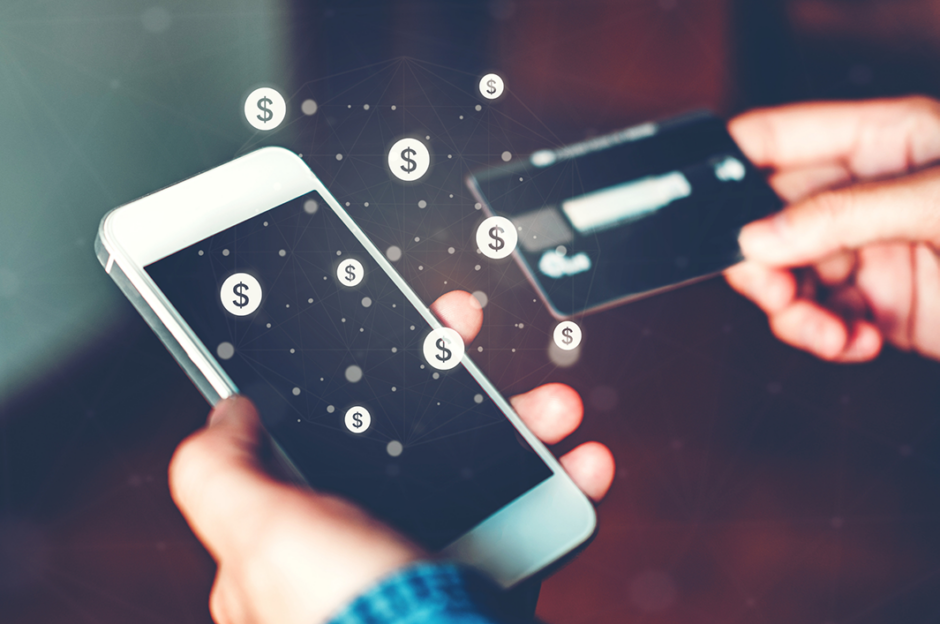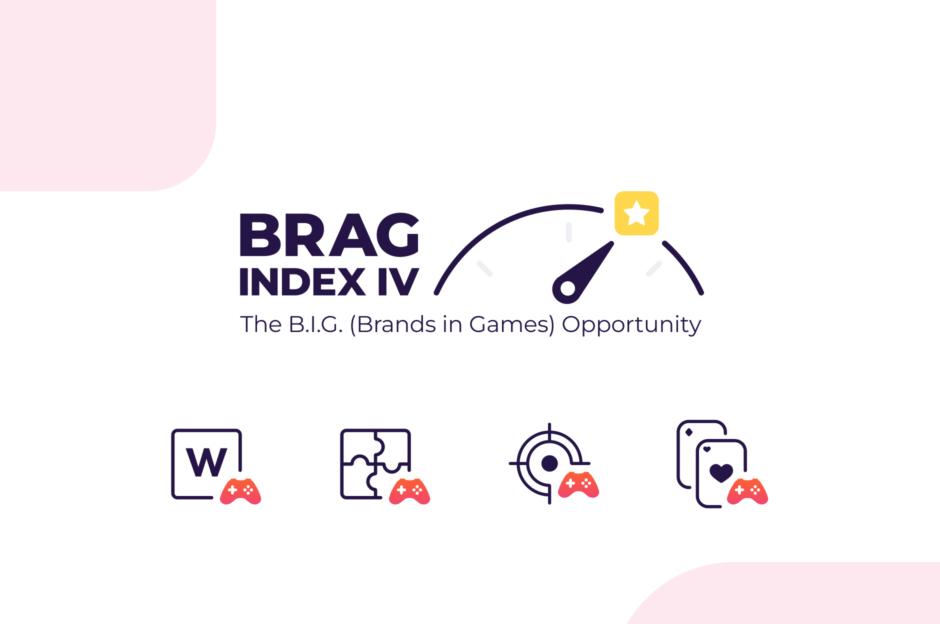4 Must Know Trends To Get Your Shopping App on Phones in Q4

Key Takeaways
- Q4 is the best time to get your shopping app on the phones of your buyers
- Installs of shopping apps soar during Q4 before falling sharply in Q1
- Shopping apps are also installed in droves on newly bought devices – which also spike in Q4
- Key buyers prefer Direct-to-Device preloads for finding their shopping apps
Consumer shopping sprees that regularly occur in Q4 are now accompanied by another type of shopping spree – one for shopping apps! Much like people stock their shopping carts with items, they are also stocking their phones with the right apps to buy the goodies and gifts they need. And much like you want to get your products in front of consumers the best way possible – retailers should be doing the same for their app. And the best path for their app is by going Direct-to-Device.
Learn more trends that top shopping apps use to boost their UA campaigns in Q4
In normal years, there are 4 key trends that make Q4 prime time for shopping apps. The COVID-19 pandemic, however, will likely make this holiday season the biggest ever in terms of eCommerce sales. Which means retailers should not only be aggressively shopping their products – but also aggressively shopping their app. Here are the 4 trends that all shopping app publishers must know:
Trend 1: Q4 is the Peak for Shopping App Installs, Falling Sharply in Q1
Shopping apps account for the second most popular app category install in Q4. In Q4 2019, 42.6% of consumers installed a shopping app on their device. Following a similar trend to device sales, this figure dropped to 29.7% in Q1 2020. Again, if reaching critical mass is important for your shopping app, your campaign activities should focus on Q4.

Trend 2: Q4 is the Peak Season for New Phone Purchases
Smartphone sales are, of course, not immune to retail trends and also enjoy a peak in sales during Q4. More than 400 million new smartphones were sold during Q4 2019. Sales of new devices typically slow in Q1 and Q2 and as demonstrated in the chart below.

This means that any app developer hoping to reach the largest possible audience should prioritize Q4 or risk playing catch-up in the second half of the following year.
Trend 3: Shopping App Installs are Especially Popular on New Devices
Naturally, when people get their hands on a new device, they want to get to try it out and start installing apps. App installs are dramatically more frequent on new devices than older ones — we call this event The App-alanche.
The impact a new device has on installs extends beyond the peak Q4 period. Of the 29.7% of consumers who installed a shopping app in Q1 2020, 49.3% of them came from new device owners.
Trend 4: Consumers Prefer Direct-to-Device Preloads
Of course, there’s an elephant in the room. A significant number of smartphone users will never download an app to their device from an app store. This could be for many reasons, including the fear of fraud, the lack of data availability, or simply just not knowing how to or having the desire to. So how can you reach them?
The good news is consumers love discovering shopping apps by going Direct-to-Device. This is particularly true when targeting key consumer groups like 18-35 year-olds who are 20% more likely to prefer preloads to social advertising for app discovery.

There is no place more visible for your app than on the home screen of a new device from the moment it is unboxed. This is exactly what a Direct-to-Device preloaded campaign does for your app. Think of it as providing premium shelf space for your shopping app on millions of new devices.
Learn more trends that top shopping apps use to boost their UA campaigns in Q4
Learn More
To learn more about maximizing your shopping apps potential during the busy Q4 sales period, contact us today and ask to speak with one of our retail app marketing specialists.
Sign-Up
straight to your inbox.






